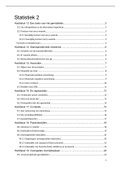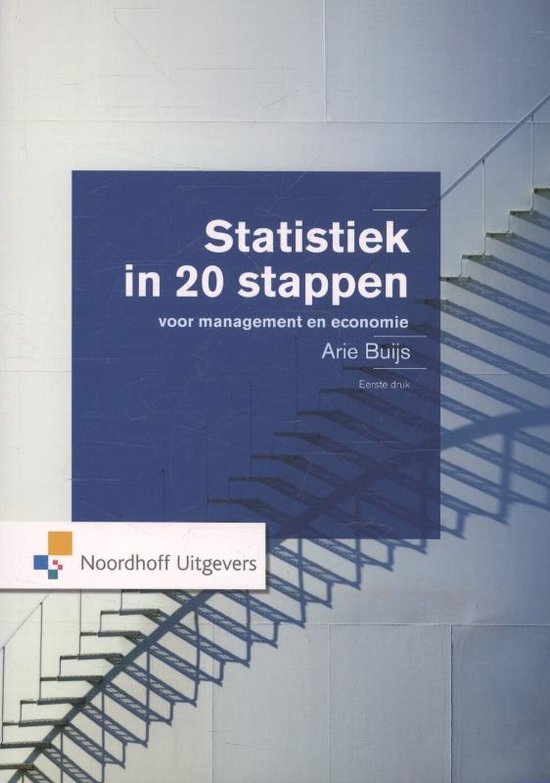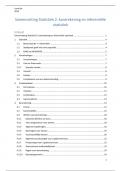Summary
Statistiek 2 samenvatting (statistiek in 20 stappen hoofdstuk 13 t/m 19)
- Course
- Institution
- Book
In deze samenvatting vind je alles om het vak statistiek 2 te behalen. Inclusief voorbeelden en duidelijke beschrijvingen van de theorie. Hoofdstuk 13 t/m 19 staan in deze samenvatting uitgewerkt.
[Show more]





